Those of you who know me well know that I am very proud of my Sindhi heritage. I love to cook and serve Sindhi food. I do everything I can to make sure that my kids also know the traditional names of the Sindhi dishes that they get at home. After repeated drilling over the years I must say they now obediently recite the names when prompted. For all they know, I may as well be speaking Latin, but as long as they identify the right dish by the right sounds, that’s cool with me.
Some examples of conversations over the years:
Exhibit A:
Me: “What will you eat today, Rahul?”
Rahul: “Hmm Sail fish.”
Me: “No, Rahul, its Seyal Fish. S-e-y-a-l.”
Exhibit B:
Me: “What do you want for lunch tomorrow?”
Rahul: “That Or-Po curry thing.”
Me: “You mean Or Pyo Saag? ‘Or’ in Sindhi means rai, ‘Pyo’ means ‘to put’, ‘Saag’ means curry.”
Rahul: “Oh, ok. Whats rai?”
Me: ……….
Exhibit C:
Me: “What do you want for lunch when you land, Karu?”
Karu: “That yellow dish thingy which sounds like Santa, with lots of veggies, fish and yellow rice.”
Me: “You mean Sonta?”
Karu: “Ok.”
Exhibit D:
Me: “ Rahul, I’m giving you Kokis in your lunchbox for tomorrow.”
Rahul: “Cookies? Cool”
Rahul (at school the next day): “This isn’t cookies!”
Exhibit E:
Karu: “Why would I eat stale bread for dinner?”
Me: “Its not stale bread, its seyal bread.”
Karu: “Oh.”
I must admit that I don’t blame them for not knowing these funny names. When they were young, I didn’t make Sindhi food much. My own interest in the cuisine piqued only in the last few years after my mother passed away. I realized that in order to eat the food that I loved, I would now have to either make it myself or wait for my sisters to visit Mumbai and cook for me.
That’s when I began experimenting with Sindhi food at home. After incessant calls to my sisters, aunts, and my Sindhi bestie, Anita (She wasn’t a bestie because she was Sindhi, she was a bestie who happened to be Sindhi😊), I started getting the hang of it.
I could tell just by the aroma wafting through the kitchen if the dish was going to be even slightly close to my mother’s. Naturally it was never going to taste the same as hers, but I was happy enough just coming close, because the smells would instantly light up my brain and trigger memories of being transported back into her kitchen.
Sindhi cuisine is usually associated with Sindhi curry, Sai Bhaji, and Dal Pakwan, at most. But the depth of our cuisine runs far deeper. Within the Sindhi diaspora you’ll find many variations in dishes based on different geographical orientation and sub-culture. My parents are originally from a place in Sindh called ‘Thatta’, which makes us ‘Thathais’.
In 2011, when we opened our first café, Food for Thought, I wanted to add a few Sindhi dishes to the menu as a way of paying homage to my culture. We were in a commercial area where the office crowd (mainly lawyers) was looking for a quick bite at lunch time.
We put together a quick, unfussy, simple and snacky menu. Koki is the one of the most savory and popular (and well known) Sindhi snacks. Even though I’ve eaten Koki with an egg as a breakfast staple all my life, I decided to serve it with a tangy tomato chutney. Very quickly it became one of our top sellers. Soon I added Seyal Bread on the menu as well. It was initially a challenge to get customers to try something that sounded so unfamiliar, but once they had it they almost always came back for more.
The best reward was when customers would come up to me after their meal and say, “the seyal bread is exactly like my nani used to make.” My heart would swell with joy and pride. I remember a few years ago when one of our customers ordered the koki on his first visit to Food For Thought. After a couple of bites he asked the waiter to call the chef. When I went out to meet him, he told me with teary eyes that the koki had brought back memories of his own mother and her cooking. That kind of reaction to your food is hard to beat.
At the café I wanted to offer more than just the stereotypical Sindhi fare. A weekend Sindhi thali seemed like a convenient way to introduce people to the full gamut of Sindhi cuisine. Every weekend I would change the combination of dishes in the thali. Sometimes there would be bhajis like seyal macaroni aloo, daag mein bhee, bhindi bassar, besan ji curry, thoom aloo, sanna pakora, and thoom jo varo (in season). We’d feature staples like dal pakwan, koki, gulab jamun, sheera and mithi seviyun. My personal favourite would be the mountain of papad, kheechas, and kachris of all kinds in the middle of the thali.
I recognize that the paragraph above might sound like gibberish to some of you, but if you were lucky enough to visit Food For Thought on a weekend, you know exactly what I’m talking about! If you saw the Eiffel Tower of thalis and katoris being carried around by our waiters, I wouldn’t blame you for thinking that Food For Thought was the key driver in pushing up the share price of Tata Steel (probably).
It was pleasantly surprising that the café became part of the Sunday routine for Sindhi families that were keen to try our thali lunches. Older patrons were happy that there was finally a place they could go to for traditional Sindhi food. With the advent of the low-carb, zero-carb, gluten-free generation, families were making less and less of this kind of food for their kids and grandkids at home.
When we started our second restaurant, PLENTY, I also introduced a non-veg sindhi thali (Food For Thought was vegetarian only). I started serving Thoom-me-macchi, seyal mutton, keema matar, and other meaty delights every weekend. Plating the thalis gave me a sense of joy and validation like no other food did. It was as if I was holding the mantle of my heritage and it was my duty to honour it and take it forward.
Food is an emotion. It can spark feelings and emotions you thought you had forgotten. It takes you to a place you thought you had left behind, buried in the cobwebs of your brain. It pulls at your heartstrings. It nudges you to reflect on the ‘what’, the ‘why’, the ‘how’, and the ‘when’ of the particular dish on your plate. It could be as simple as a cup of tea that makes you reminisce about sitting in the warm winter sun. Or a piece of toast dripping in warm butter and glistening with oodles of sugar that was the best kind of childhood treat. Or even just bread tossed in onions and tomatoes, which still carried the taste of your mother’s love.
I wanted to share a little piece of my heritage with you, my dear readers. So below you’ll find a recipe for the humble Koki (and patented tomato chutney), a perfect snack for any occasion.
To begin, you’ll need:
1 cup Wholewheat flour (atta, dude)
2 onions, chopped
2 green chillies, chopped
½ cup coriander leaves
4 tbsp ghee or oil (+ some more while cooking)
Salt to taste
- Mix all the ingredients together in a bowl. Crumble 2 tbsp ghee or oil nicely into the flour mix. Then slowly add about ¼ cup water, little at a time, to bring the mix together into a stiff dough.
- Make small rounded balls of the dough. Roll into a thick flat circle. Make cuts on both sides with a knife (that’s what my mother used to do)
- Heat a flat skillet (phancy word for tava). Fry the koki on both sides on medium heat till crisp, adding a little oil on each side. Enjoy!
Note: My mother would add also add crushed dry anardana (but I omitted that at the café since the crunchiness of anardana can be a little jarring to some people).
For the Tomato Chutney, you’ll need:
4 Tomatoes, chopped
10-12 curry leaves
½ tsp Kalonji (nigella seeds)
½ tsp hing
1 tsp red chilli powder
1 tsp sugar
Salt to taste
1 tbsp oil
Heat oil in a Kadhai. Add the kalonji, hing and curry leaves. When they begin to splutter, add the rest of the ingredients. Reduce the flame, cover and cook for 10-12 minutes till the tomatoes have reduced to a pulp and resembles a chunky chutney.
Voila, your koki and chutney are ready to go. If this is your first time trying koki, I hope this blog helps you appreciate the history and tradition that’s behind each bite.
If you were a customer at Food For Thought, I hope this dish takes you back to the memories of Sunday lunches with your loved ones, the same way it does for me.


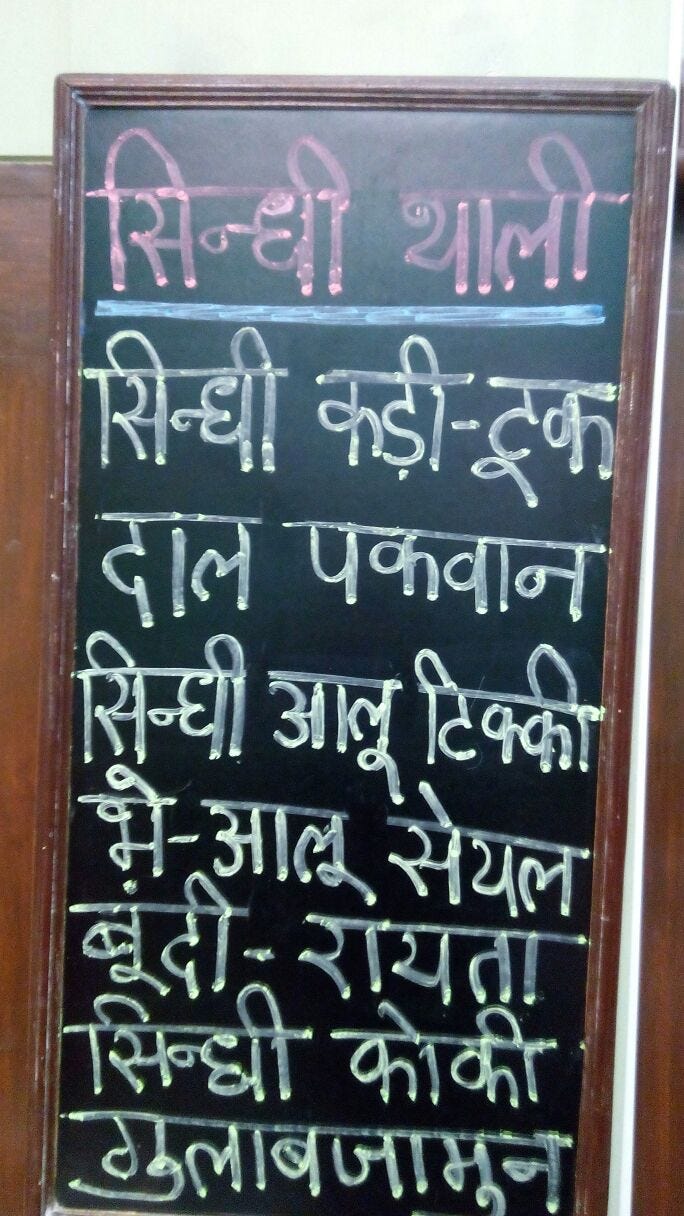
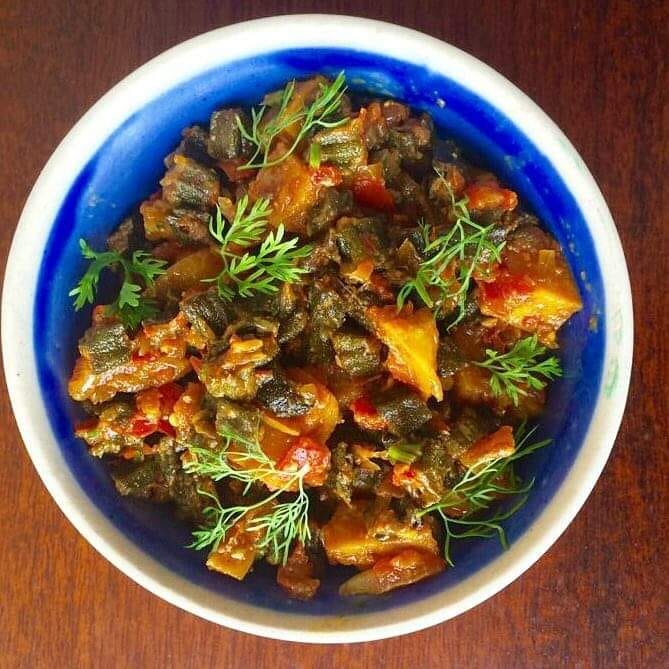
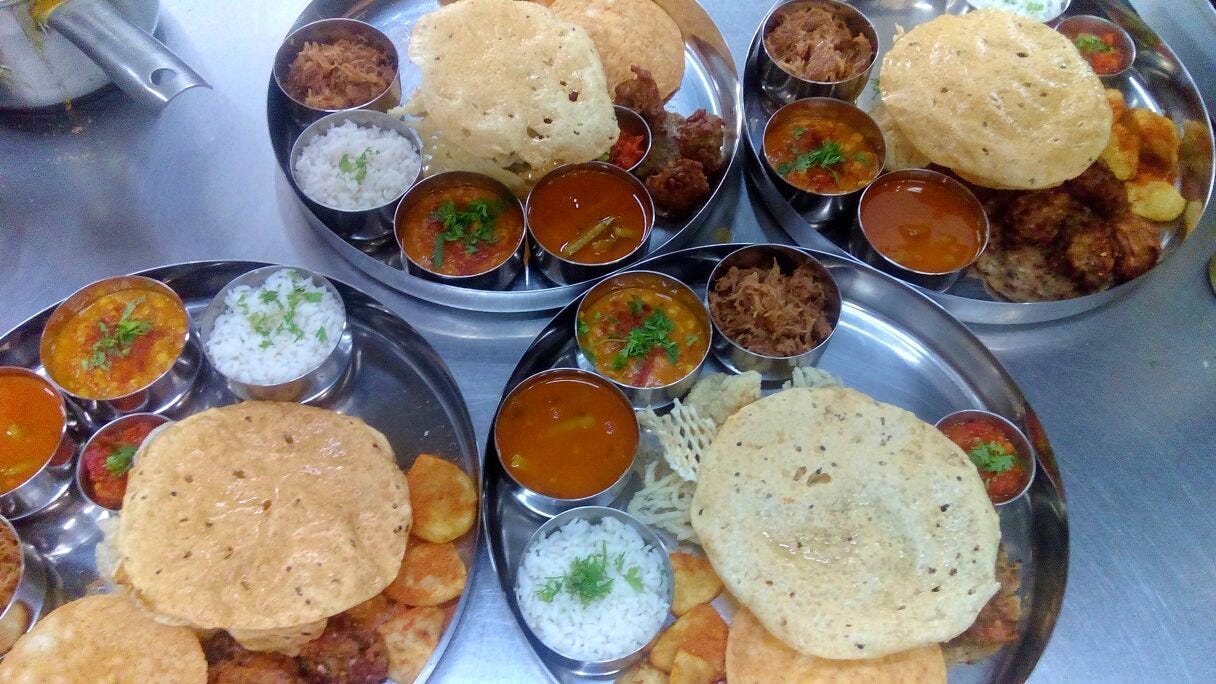
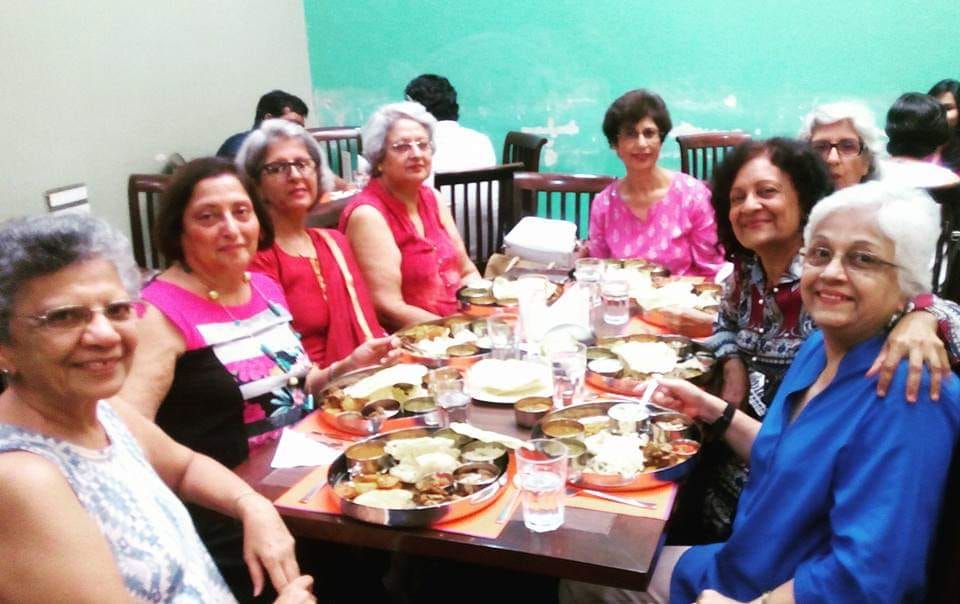
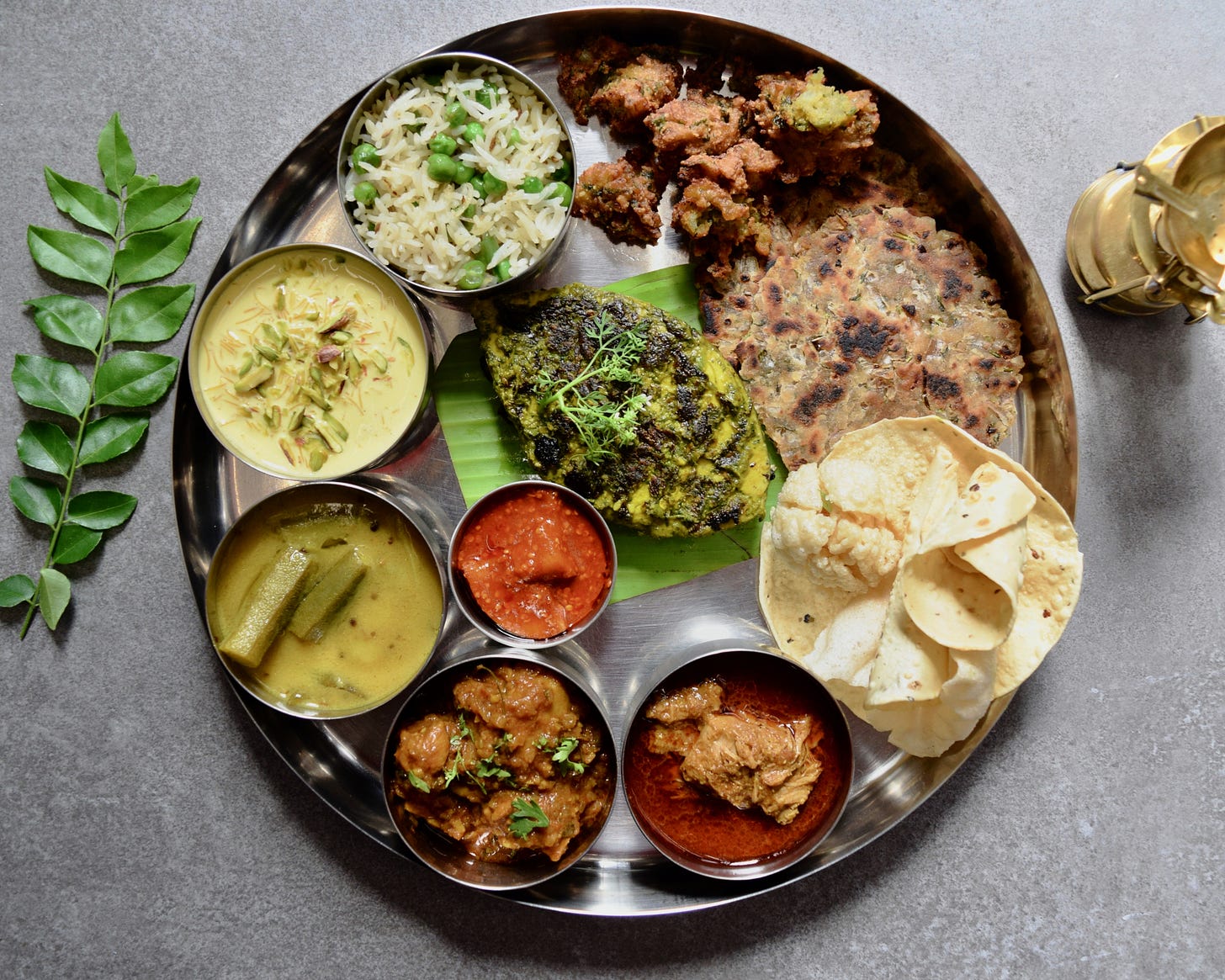
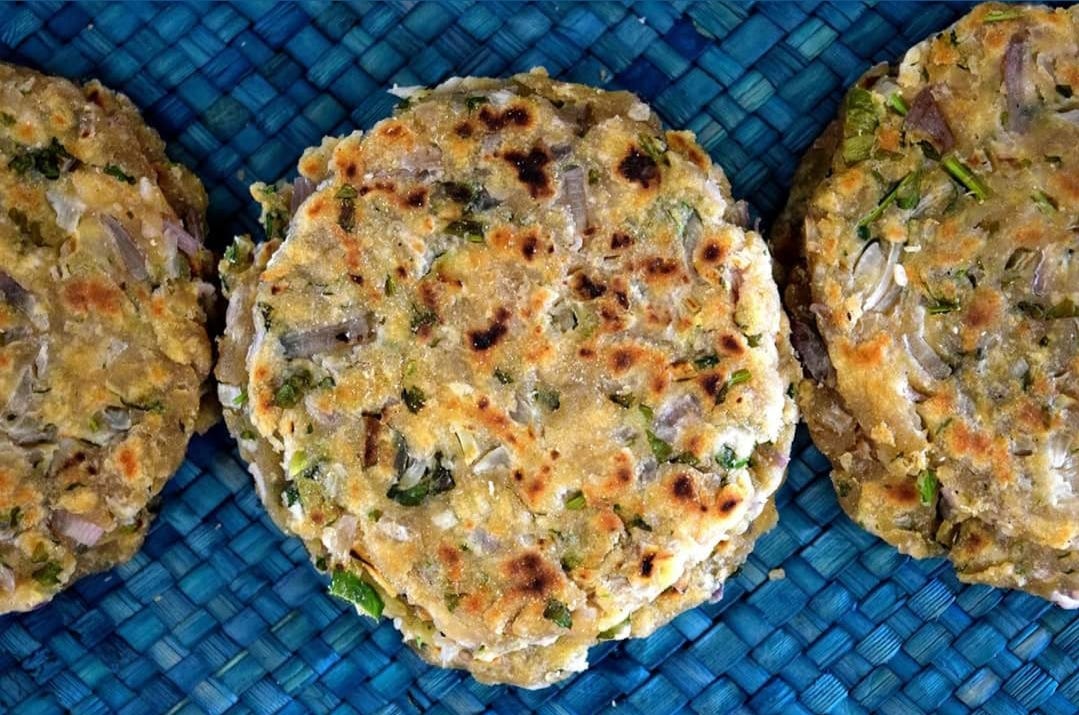
One of these days when I go to a Cafe I am waiting to say the food is similar to what Resh fed us
Brilliant! Was a delight to read all about our Sindhi dishes that are so delicious yet not spoken about except the obvious Dal Pakwan or Sindhi curry!